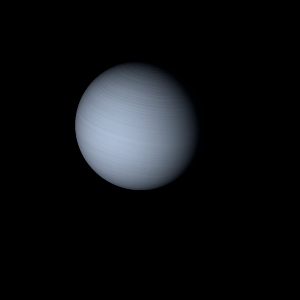|
|
Space Astro
|
Info for exoplanet "Hyobo No"
| Scientific (actual) data |
|---|
| Name | TOI-1268 b |
| Planet status | Confirmed |
| Planet mass | 0.29 |
| Radius | 0.82 |
| Orbital period | 8.15771 |
| Semi major axis | 0.072 |
| Orbit eccentricity | 0.09 |
| Inclination | 88.98 |
| Discovered | 2022 |
| Updated | 2023-07-20 |
| Omega | 338 |
| Tzero tr | 2458710 |
| Lambda angle | 27 |
| Impact parameter | 0.423 |
| K | 31.7 |
| Temperature (kelvin) | 919 |
| Publication | Published in a refereed paper |
| Detection type | Primary Transit |
| Mass measurement type | Radial Velocity |
| Radius measurement type | Primary Transit |
| Star name | TOI-1268 |
| Right ascension | 198.39° |
| Declination | 62.31° |
| Mag v | 11 |
| Star distance | 110 |
| Star metallicity | 0.25 |
| Star mass | 0.96 |
| Star radius | 0.92 |
| Star sp type | K1-K2 |
| Star age | 0.29 |
| Star temperature | 5200 |
| Wikipedia article | TOI-1268 b |
Back
| |
| Fictional info (?) |
|---|
| Suggested name | Hyobo No |
| Planet type | Warm gas giant |
| Having almost no atmosphere to retain heat, it has surface temperatures that vary diurnally more than on any other planet in its solar system, ranging from 120°K (-153°C) at night to 525°K (252°C) during the day across the equatorial regions.
The carbonyl sulfide has probably photodissociated, and the free ozone has been swept into interplanetary space by the solar wind because of the lack of a planetary magnetic field. |
| Atmosphere | Ozone | 70% |
| Formaldehyde | 21% |
| Carbonyl sulfide | 7.5% |
| Ethane | 0.76% |
| Atmospheric pressure | 17 bar |
 |
| No known satellites |
| Google search for Hyobo no |
|
Website by Joachim Michaelis
|
|
|
|